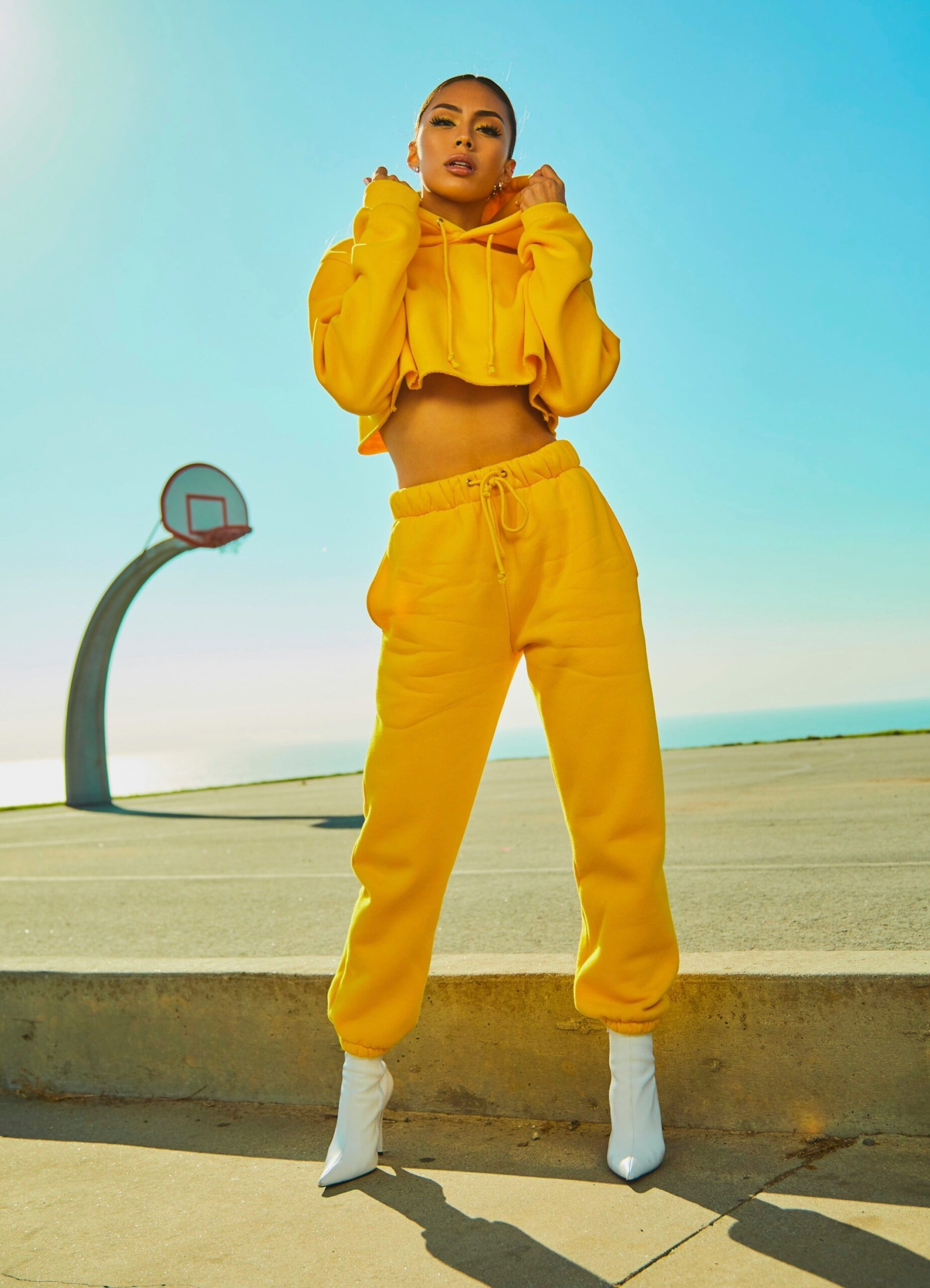

Introduction to the Evolution of Fashion Icons
Fashion isn’t just about clothing; it’s a reflection of our culture, values, and the times we live in. Throughout history, certain individuals have stepped into the spotlight as symbols of style and self-expression. From glamorous flappers to daring pop icons, these fashion legends have shaped trends that resonate even today.
As we navigate through decades filled with bold choices and creative revolutions, let’s take a moment to celebrate some of the most influential figures who turned heads and changed how we see style. Join me on this colorful journey through time as we explore the evolution of fashion icons and their unforgettable impact on our wardrobes.
The Roaring Twenties: Flappers and Coco Chanel
The 1920s burst onto the scene with a vibrant energy that changed fashion forever. This was the age of the flapper, women who danced to jazz and embraced newfound freedoms. They wore short skirts, bobbed haircuts, and daring makeup. These styles symbolized rebellion against traditional norms.
Coco Chanel emerged as a groundbreaking force during this decade. She introduced simplicity into women’s wear, favoring comfort over constriction. Her little black dress became timeless—a must-have in every wardrobe.
Chanel’s influence extended beyond clothing; she redefined femininity with elegant yet practical designs. The iconic Chanel No. 5 perfume also captured the essence of modern womanhood.
As speakeasies thrived and attitudes shifted, fashion echoed this exhilarating spirit of change. The Roaring Twenties weren’t just about style; they were a revolution in self-expression for women everywhere.
The Swinging Sixties: Twiggy and Mod Style
The Swinging Sixties marked a vibrant shift in fashion. It was an era bursting with creativity and rebellion. The Mod style emerged, characterized by bold colors, geometric patterns, and sleek silhouettes.
Enter Twiggy—a name synonymous with this dynamic decade. With her pixie haircut and trademark lashes, she became the face of a generation. Her slender frame challenged traditional beauty norms, inspiring countless young women to embrace individuality.
Fashion designers like Mary Quant led the charge with mini skirts that revolutionized women’s clothing. Bright tights paired with knee-high boots were all the rage. This playful approach gave rise to self-expression through style.
Music icons further fueled this trend; bands like The Beatles set new standards for male fashion too. The influence of pop culture interwove seamlessly into daily attire, making every street corner feel alive with possibilities.
The Disco Era: Studio 54 and Bianca Jagger
The Disco Era was a vibrant celebration of music, style, and freedom. Studio 54 stood at the epicenter of this cultural revolution. Here, nightlife reached new heights. The club became a playground for the glamorously bold.
Bianca Jagger emerged as an iconic figure during this time. She was more than just Mick Jagger’s partner; she was a fashion force in her own right. Her daring outfits and magnetic presence turned heads every night.
Dresses with flowing silhouettes and striking accessories defined her look. Bianca embraced individuality while pushing boundaries in ways that inspired many to follow suit.
Studio 54 wasn’t only about dancing; it represented self-expression and breaking societal norms. With its flashing lights and pulsating beats, the club captured the spirit of an entire generation seeking liberation through dance and style.
In those moments under disco balls, legends were born alongside unforgettable fashion statements.
The 90s Supermodels: Cindy Crawford, Naomi Campbell, and Kate Moss
The 90s brought a revolution in the modeling industry, giving rise to powerful supermodels who influenced fashion like never before.
Cindy Crawford was the epitome of American beauty. With her signature mole and stunning features, she graced countless magazine covers and became a household name. Her charisma extended beyond the runway.
Naomi Campbell broke barriers as one of the first Black supermodels to achieve global fame. With her fierce presence and unmatched talent, Naomi changed perceptions within an industry often criticized for its lack of diversity.
Then there was Kate Moss, whose waif-like figure challenged traditional ideals of beauty. She ushered in a new aesthetic that blended grunge with high fashion, captivating designers and photographers alike.
Together, these icons defined an era where models transcended their roles; they became symbols of empowerment and change in contemporary culture.
Modern Day Icons: Rihanna, Lady Gaga, and Harry Styles
Fashion continues to evolve, and so do its icons. Today’s landscape is vibrant, fueled by creativity and individuality. Rihanna stands out not just for her music but for her fearless fashion choices. She effortlessly blends high couture with street style, redefining what it means to be fashionable.
Lady Gaga shook the industry with her boundary-pushing ensembles. From meat dresses to avant-garde costumes, she challenges norms and inspires others to embrace their unique identities through self-expression.
Harry Styles brings a refreshing twist as he blurs gender lines in fashion. His bold prints, bright colors, and vintage aesthetics resonate deeply with fans around the world. He encourages everyone to break away from traditional styles that dictate how one should dress based on gender.
These modern-day icons are more than just celebrities; they are trendsetters who influence millions. They remind us that fashion is an ever-changing canvas where personal expression reigns supreme. As we celebrate these figures today, it’s clear that each generation leaves its mark on style history, paving the way for those who will come after them.
